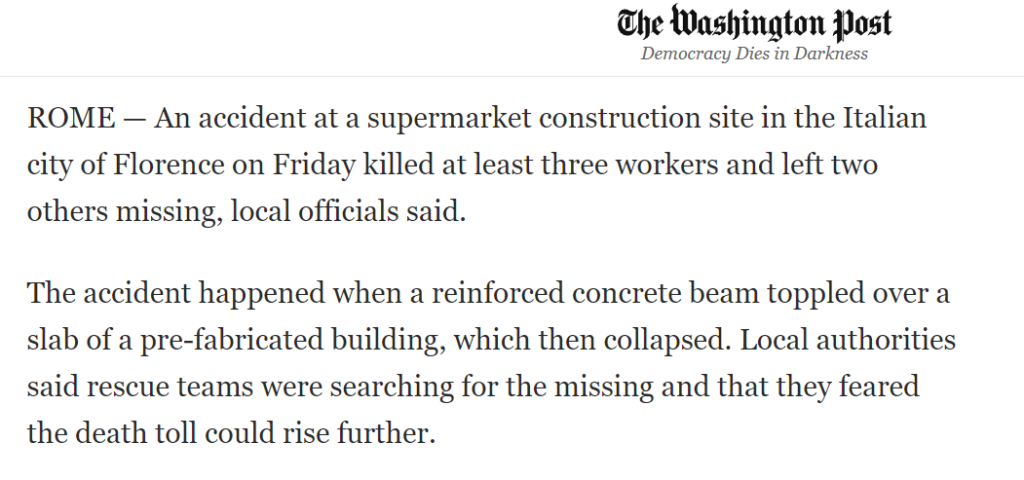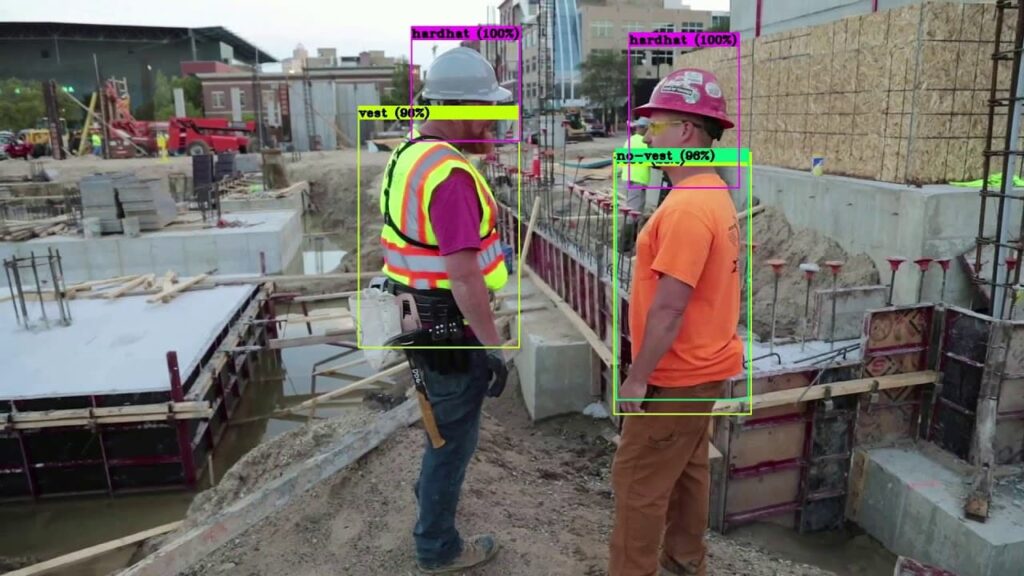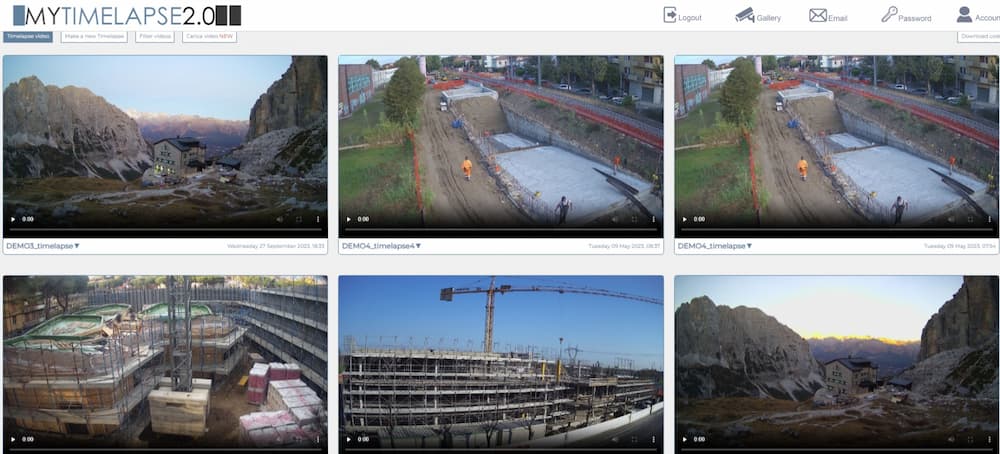In the realm of construction operations, safety stands as a cornerstone of paramount importance. Ensuring the well-being of personnel and safeguarding assets is non-negotiable. In this comprehensive guide, we delve into the critical nexus between safety in construction site monitoring, elucidating the role of advanced technologies, particularly construction site safety cameras, in fortifying these pillars of industrial management.
Safety in construction site monitoring
Construction sites are centers of activity where myriad operations coalesce. However, amidst the hustle, the risk of accidents looms large. Those sites, in particular, are fraught with hazards ranging from falls to accidents with machinery. According to OSHA, in the United States alone, 20% of workplace fatalities occur in the construction industry. It is therefore imperative to take strict safety measures to reduce these risks and defend the sanctity of human life.
Preventing accidents with cameras and monitoring systems
The advent of sophisticated monitoring systems, including high-resolution cameras, has revolutionized safety protocols in construction settings. These cameras, strategically positioned across the plant, act as vigilant sentinels, providing real-time surveillance and enabling swift intervention in the event of impending danger.
In a recent accident in a construction site in Italy, the importance of such monitoring systems was probably underscored. On February 16th of 2024, an accident occurred at a construction site in Florence, resulting in the death of 5 workers. Authorities launched investigations into the incident, focusing on the safety practices of the construction company involved.

This tragic event highlights the critical need for robust safety measures and monitoring systems in industrial environments.
Incorporating high-resolution cameras, such as the Timelapselab ones, into construction site monitoring not only enhances safety but also serves as a deterrent against potential hazards. These cameras can capture detailed footage of the work environment, allowing supervisors to identify safety violations or risky behaviors promptly. For example, if workers are not wearing appropriate personal protective equipment (PPE) or are engaging in unsafe practices such as working at heights without proper fall protection, the cameras can alert supervisors in real-time, enabling them to intervene before an accident occurs.
Moreover, advanced monitoring systems can integrate artificial intelligence (AI) algorithms to analyze video feeds and identify potential safety risks automatically. For instance, they can detect anomalies such as unauthorized personnel or vehicles entering restricted areas, equipment malfunctions, or hazardous material spills. By leveraging AI-driven insights, construction site operators can proactively address safety concerns and implement preventive measures to mitigate risks.

Utilizing cameras in accident response
In the unfortunate event of an accident, the data captured by cameras can also serve as invaluable evidence in the aftermath of an accident. They provide a detailed chronicle of events leading up to the incident, facilitating post-mortem analysis and aiding in the formulation of preventive measures. Moreover, footage from these cameras can serve as crucial evidence in legal proceedings, ensuring accountability and fostering a culture of transparency within the organization.

How efficiency measures enhance safety in construction site monitoring
Efficiency measures within construction site monitoring not only optimize productivity but also play a crucial role in enhancing safety protocols. Here are five steps demonstrating how efficiency measures can concurrently strengthen safety:
- Streamlined workflow design:
A streamlined workflow not only improves productivity but also reduces the likelihood of safety hazards. By eliminating bottlenecks and optimizing the flow of materials and resources, workers can navigate the plant more efficiently, minimizing the risk of accidents caused by congestion or obstructions.
- Data-driven decision making:
Leveraging real-time data analytics enables proactive identification of potential safety risks. By monitoring equipment performance and environmental conditions, anomalies indicative of safety hazards can be detected early, allowing for timely intervention to prevent accidents before they occur.
- Predictive maintenance:
Implementing predictive maintenance strategies not only reduces downtime but also enhances safety by preventing equipment failures. Regular monitoring and maintenance of machinery ensure that potential safety hazards, such as malfunctioning equipment or worn-out components, are addressed proactively, minimizing the risk of accidents.
- Employee training and empowerment:
Well-trained employees are better equipped to identify and mitigate safety risks in the workplace. By providing comprehensive training on safety procedures and best practices, as well as empowering employees to voice concerns and suggest improvements, organizations foster a culture of safety awareness and proactive risk mitigation.
- Continuous improvement:
A commitment to continuous improvement fosters a culture of safety excellence. By regularly reviewing safety performance metrics, soliciting feedback from employees, and implementing corrective actions, organizations can identify and address potential safety gaps, continuously enhancing safety protocols and procedures.
Conclusion
The integration of high-resolution cameras and advanced monitoring systems is indispensable in preventing accidents and promoting a culture of safety in industrial settings. By leveraging real-time surveillance, AI analytics, and forensic video analysis, organizations can mitigate risks, protect personnel, and uphold regulatory compliance. Investing in robust monitoring systems is not just a legal requirement but a moral imperative to ensure the well-being of workers and the sustainability of industrial operations.
Learn more about industrial plant monitoring and construction site safety to stay ahead in the realm of industrial management.